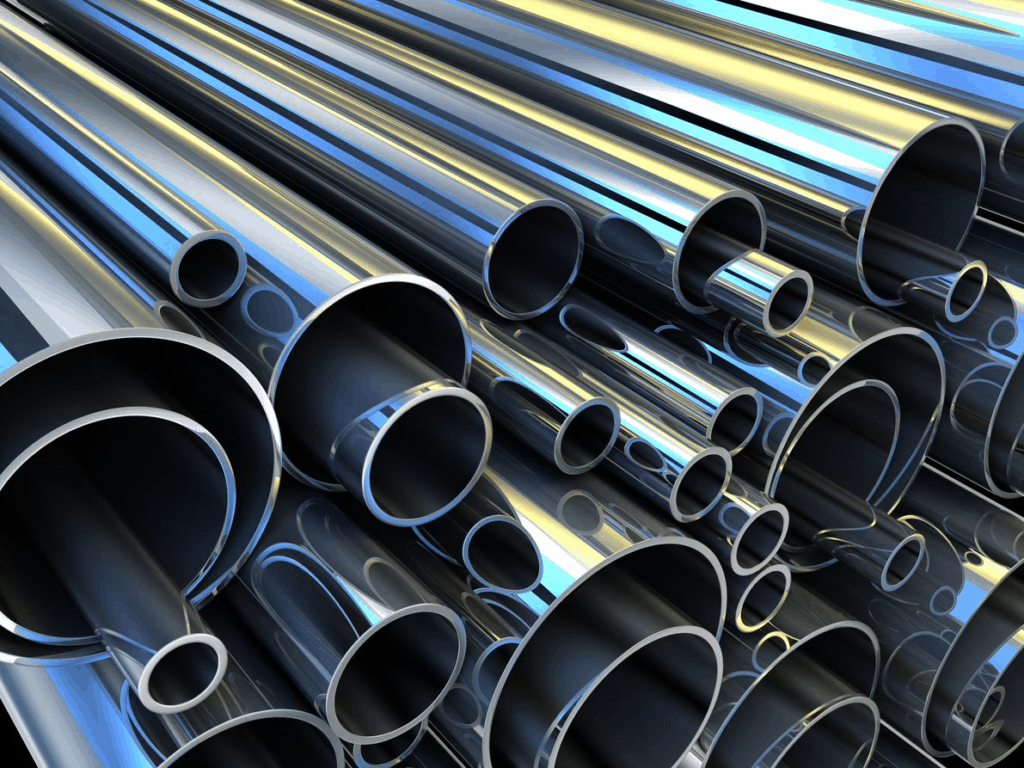NDT for Austenitic Stainless Steel: The Shift to Phased Array Ultrasonic

For years, industrial radiography has been the standard inspection technique for austenitic stainless steel. But that has changed. Now, more asset owners rely on phased array ultrasonic testing (PAUT) to get faster and more accurate results.
Just as the field has evolved, there are new ideas about the best methods of nondestructive testing (NDT) for austenitic stainless steel. This article will address how using these cutting-edge techniques can help save money, time, and protect assets.
The Problem With Radiographic Testing for Austenitic Stainless Steel
In many industries, radiographic testing (RT) is still the standard when conducting NDT for austenitic stainless steel. After all, it has been used for years.
However, there are some primary flaws to this kind of testing, including:
- Insensitivity to misoriented planar defects
- Lack of immediate feedback
- Disruption and compromised safety of other workers
The third is extremely important. Radiography is accompanied by extremely strict regulatory guidelines for non-user proximity. So, when testing is being done, other workers can’t be near and if they are, there are many safety risks involved. That can cause a lot of disruption, especially when it comes to mission-critical facilities.
| Example: Phased array ultrasonic technology (UT) examination of austenitic welds (homogeneous stainless steel welds, dissimilar metal welds) has been applied and formally qualified for in-service austenitic weld inspections for more than 10 years. |
As regulations around the world have become more strict, standards and codes have changed to make room for safer, less disruptive NDT testing.
The Shift to PAUT in NDT for Austenitic Stainless Steel
Earlier PAUT technology required expensive, high-end software external to the phased array unit. Additional third-party software packages were also required at times to provide more flexibility and capability.
That has changed, though. The TOPAZ32, for example, is a fully-integrated PAUT package, with industrially-proven UltraVision software onboard. With this extra boost, technicians can maximize efficiencies in areas such as:
- Setup creations
- Focal law calculations
- Data merging
- Reporting
The hardware/software integration is a key strength of high-performance PAUT instruments.
The Benefits of PAUT NDT for Austenitic Stainless Steel
PAUT-compatible software drives calculations and reports, while the hardware does the inspecting. It typically does so using dual 2D matrix arrays on exchangeable wedge assemblies, which can be contoured to match the component of the surface being inspected. 2D matrix array technology gives you the power to optimize the focus and steering of the acoustic beam. This, combined with the simultaneous variation of skew angles and refracted angles, improves the overall detection capabilities of both planar and volumetric flaws.
Perfectly smooth surfaces rarely exist, and flaws can occur in a number of places. When an analyst is looking at corrosion in pipelines or micro flaws in airline turbines, testing can’t elide over irregular angles.
PAUT can be helpful for a large number of surfaces, including:
- Circumferential flaws in dissimilar metal welds
- Axial flaws in “ground flush” weld conditions
- Flaws parallel to welds
- Crack detection in welds with caps
- Detection in round or oblong surfaces
- Capability through coarse grain surfaces
In all of these areas, PAUT can help to eliminate dead zones and ghost noises. This results in better signal quality, reduced noise, and more accurate data.
| PAUT Inspection of Austenitic Welds in Lieu of RT (white paper): Download this white paper to learn more about the efficiency and ease of using PAUT for austenitic welds. |
Making the Switch to PAUT for Austenitic Stainless Steel
The development of stainless steel revolutionized the world, but it’s not without its challenges. Testing used to be destructive, and then with the rise of radiography, it was no longer destructive but could be unsafe and disruptive.
PAUT combines the best of both worlds with easy-to-use hardware and state-of-the-art software, to create a complete picture of any potential flaws in austenitic stainless steel. It keeps both analysts and consumers safe, reduces problems, and saves costs.
Zetec is a major provider of phased array solutions for nondestructive testing of austenitic stainless steel. Contact us today to get the best equipment and top solutions.
